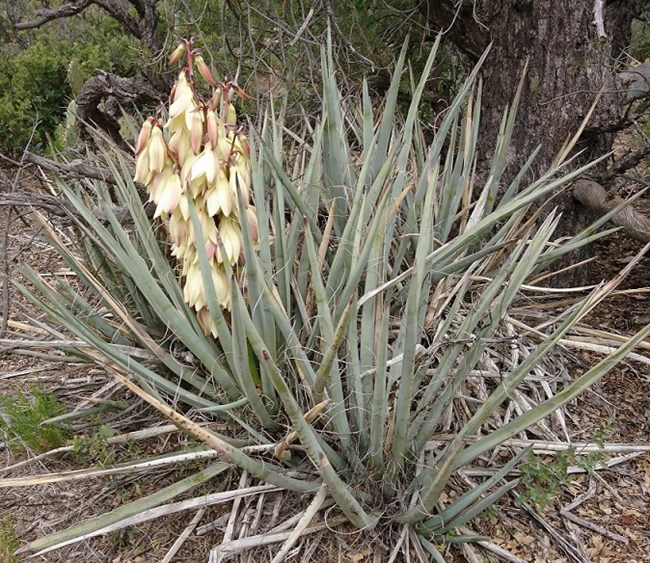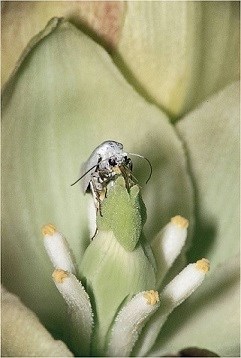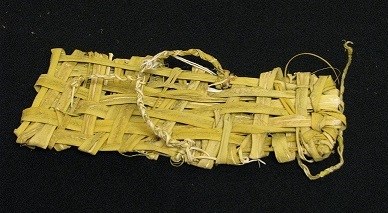
NPS Photo/Melissa Weih Other succulents you may notice on your trip to Zion National Park include a variety of different types of yucca plants. Zion is home to five different species of yucca: the Banana or Datil yucca (Yucca baccata), Narrowleaf yucca (Yucca angustissima), Kanab yucca (Yucca kanabensis), Utah yucca (Yucca utahensis), and Mohave datil (Yucca vespertina). 
NPS Photo 
NPS Photo Humans have found a variety of uses for the yucca plant over the years. The fruit of the banana yucca is edible, and the white flowers of most yucca are also edible. The roots have a chemical called saponin in them, which can be used to create soap. The leaves of yucca are fibrous. When those fibers are separated from the leaf coating and soaked in water, they can be woven into rope and a variety of other materials such as blankets, baskets, sandals, belts, and clothing. |
Last updated: November 22, 2021
